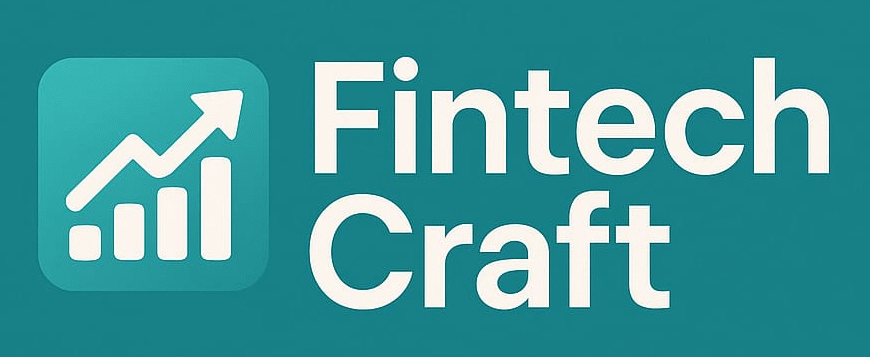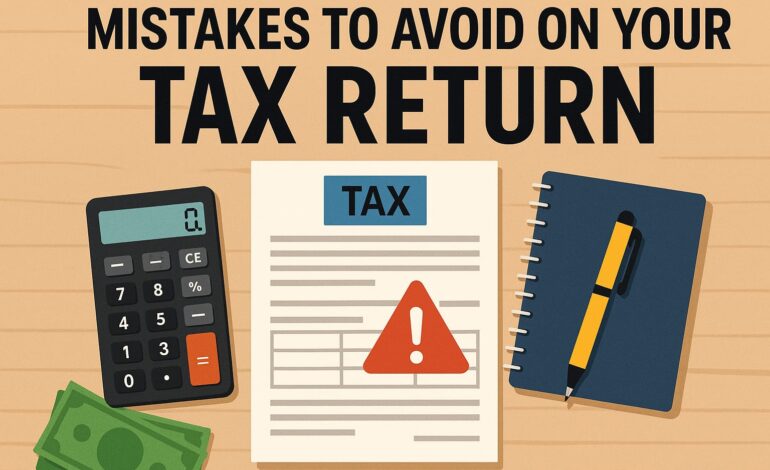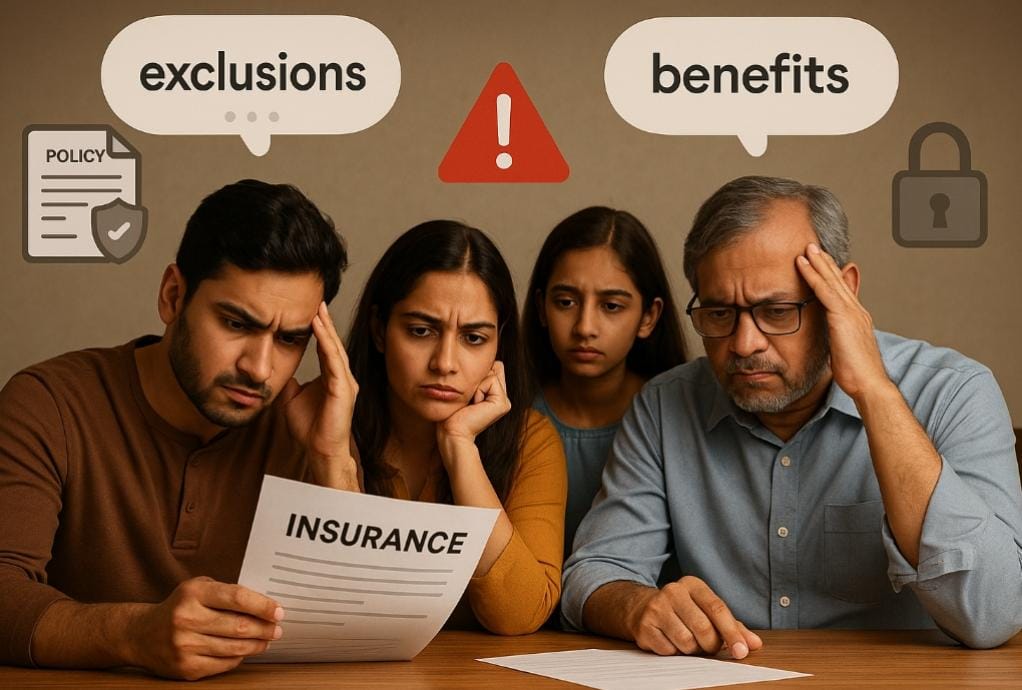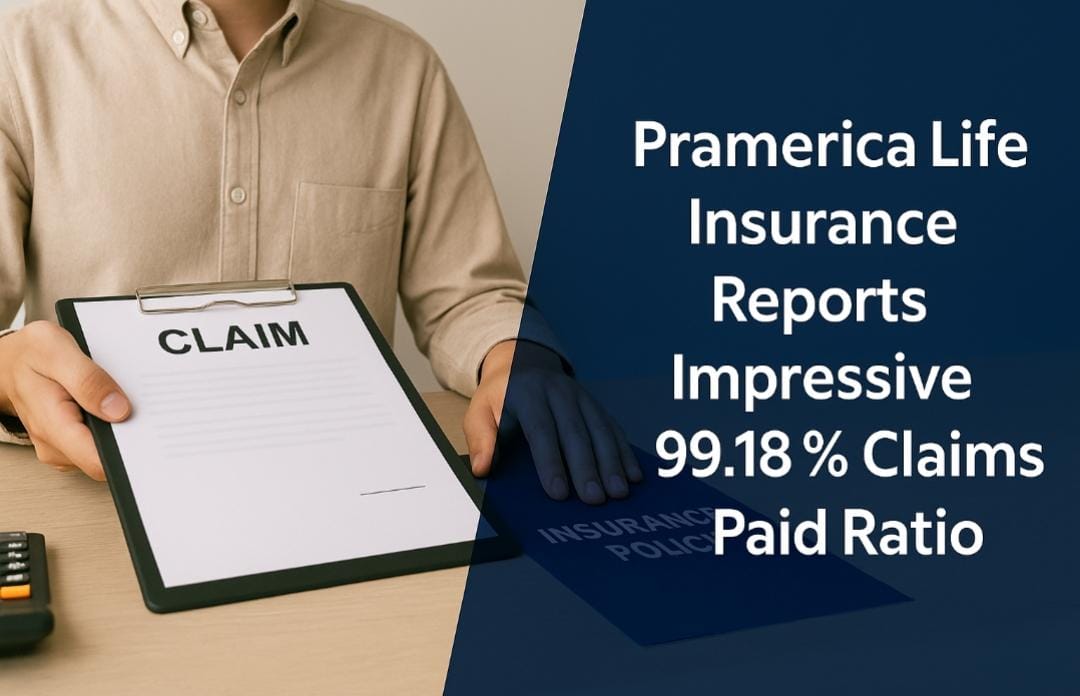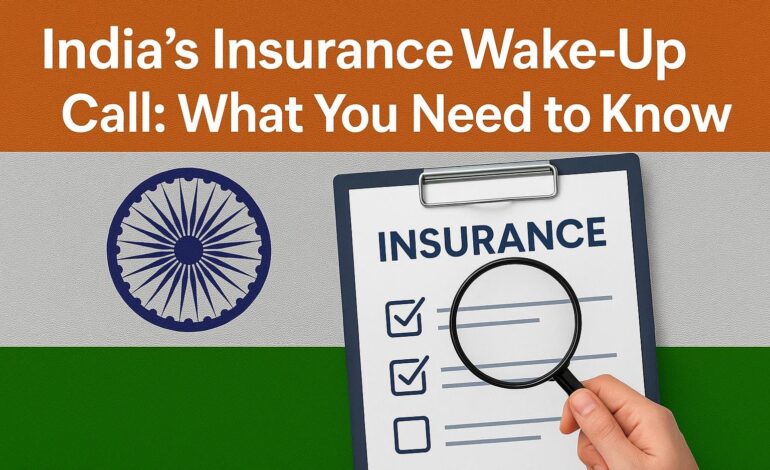
India’s Insurance Wake-Up Call: What You Need to Know
A National Moment of Reflection on Insurance
On Insurance Awareness Day, experts across India are raising a red flag. Despite more people buying insurance policies, the country still struggles with low insurance awareness, especially in critical areas like health and life insurance.
The conversation, sparked by leading voices from companies like CoverSure and Quickinsure, centers around one truth—many Indians have insurance, but very few truly understand it.
The Reality Behind Low Insurance Awareness
Health insurance, though essential, is still seen by many as optional. Unlike motor insurance, which is legally mandatory, health coverage often takes a back seat. Why?
- Many people believe: “It won’t happen to me.”
- Complex terms like co-pay or waiting period confuse first-time buyers.
- Financial literacy is low in semi-urban and rural areas.
- And even among the insured, many don’t know what their policy actually covers.
Expert Insights: Time to Simplify
According to Saurabh Vijayvergia, CEO of CoverSure, the challenge goes beyond affordability.
“People may own a policy but often have little clarity on what it covers or how to claim,” he explains.
The real issue is trust and relevance. If a person doesn’t feel that insurance serves their real needs, they’re unlikely to renew it—or even use it when required.
The Urban-Rural Divide
While awareness is slowly improving in metro cities, Tier 2 and Tier 3 cities—and rural India—still lag far behind.
A report by Quickinsure shows that only 37% of Indians have any form of health cover.
The top barriers?
- Complicated product structures
- Poor claim experiences in the past
- Lack of transparency and human support
Solutions That Experts Recommend
To fix this insurance gap, experts suggest the following changes:
🔹 Simplify language: Policies must be easier to understand.
🔹 Go local: Campaigns should use regional languages and relatable examples.
🔹 Focus on education: Treat insurance awareness like a public-health mission.
🔹 Digital + Human mix: Online support is great, but personal guidance is still essential.
Also, schools, NGOs, and local governments can help bridge the knowledge gap—starting from the ground up.
What’s the Government Doing?
There are efforts like:
- Ayushman Bharat, which offers free health insurance for low-income families
- IRDAI’s Consumer Education Website, which provides policy guidance
But experts believe these are not enough. To truly build insurance awareness, the campaigns must be more hyper-local, visual, and community-driven.
Fixing Trust, One Claim at a Time
Another issue: Over 30% of insurance premiums go toward administrative costs—not the customer’s benefit.
Insurers must focus on:
- Faster claims processing
- Transparent communication
- Proactive support during crises like natural disasters or health pandemics
When people see insurance working for them during tough times, trust follows.
Conclusion: The Real Wake-Up Call
India doesn’t just need more insurance buyers—it needs informed ones. True insurance awareness starts with trust, transparency, and simplicity. Only then will families across the country feel empowered, not confused, when it matters most.
Also Read: Pramerica Life Insurance Sets New Standard with 99.18% Claim Settlement Rate
